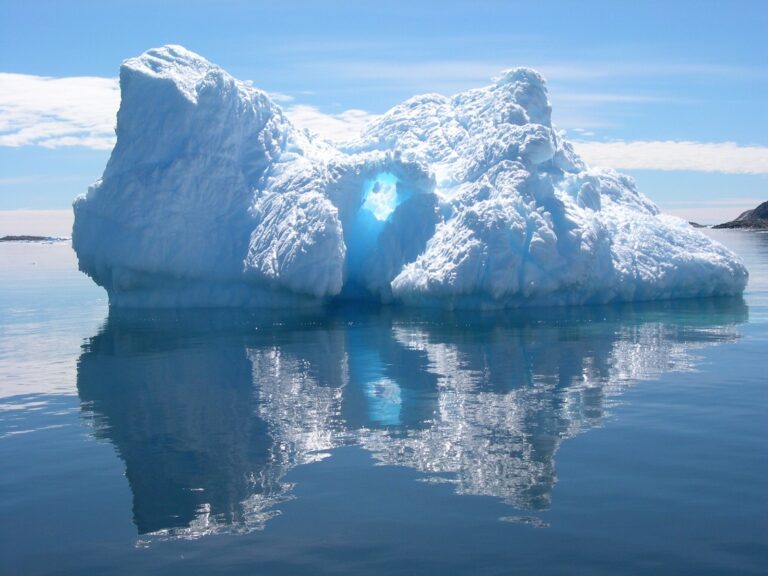The University of Tasmania, the Australian Antarctic Division (AAD) and the Commonwealth Scientific and Industrial Research Organisation (CSIRO) have signed a memorandum of understanding (MoU) to establish a new center to advance the understanding of Antarctica.
The MoU for the Centre for Antarctic Southern Ocean Technology reflects the signatories’ efforts to advance Antarctic and Southern Ocean collaborations together, along with other project partners from Tasmania, with a focus on engineering and technology.
University of Tasmania vice-chancellor, Professor Rufus Black said, “Hobart is a global polar hub, and this center is a reflection of the spirit of co-operation that runs throughout the Antarctic community here. The center is an opportunity to pool our expertise, and establish a framework to collaborate on technology and engineering innovations, expand training and educational opportunities, increase workforce expertise, and better support the existing workforce.”
According to Kim Ellis, director of AAD, the center will fulfil an important priority in the Australian Antarctic Strategy and 20-year Action Plan, to advance Australia’s interests in Antarctica by building Tasmania’s status as a global polar research hub.
“There is a real desire for organizations to collaborate for better Antarctic and Southern Ocean outcomes, and this center will help to achieve that by strengthening and formalizing the already high levels of cooperation between the AAD, CSIRO and University of Tasmania, and provide opportunities to work with other project partners from across Tasmania,” Ellis said.
CSIRO director of National Collections and Marine Infrastructure, Toni Moate, said the center will leverage on each organization’s expertise to support Antarctic and Southern Ocean engineering and technology outcomes.
“Australia is uniquely placed at the gateway to the Southern Ocean, with world-class expertise in understanding this remote environment to equip us with solutions to global challenges,” Moate commented. “CSIRO is proud to work closely with our partners in Tasmania to formalize our joint initiatives. We are bringing together infrastructure and expertise, improving information processing capabilities, exploring new areas of science, and creating opportunities for polar and marine staff and students.”



